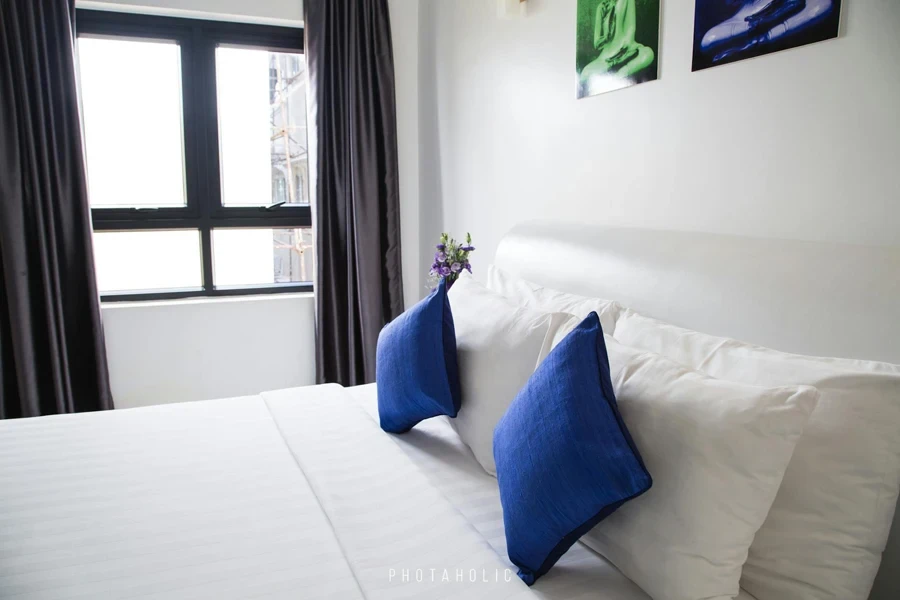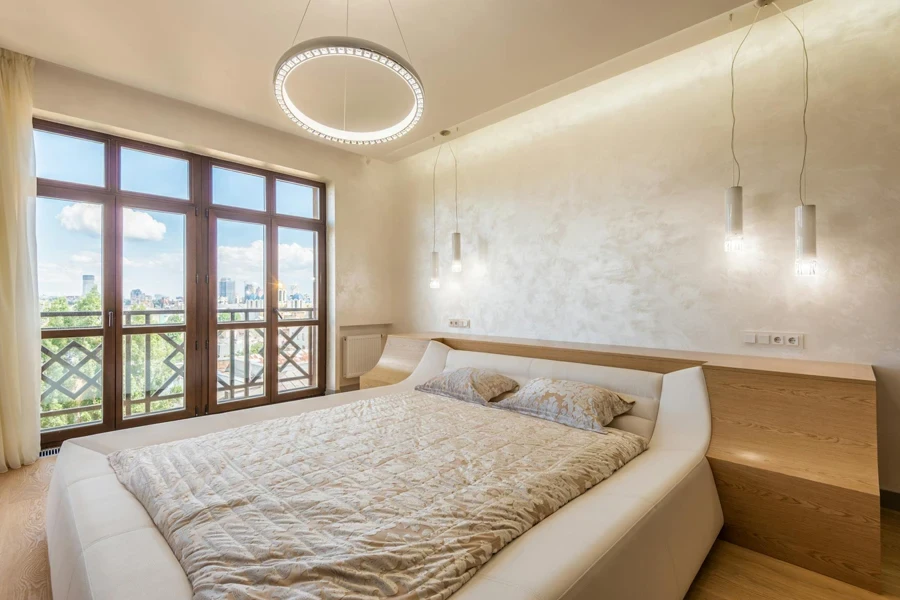Table of Contents
● Introduction
● Market overview
● Different types and their features
● Things to consider when selecting products
● Conclusion
Introduction
Protecting a mattress is essential for maintaining its longevity and ensuring a hygienic sleep environment. Mattress covers and protectors offer numerous benefits, such as shielding against spills and stains, enhancing comfort, and reducing allergens. The growing demand for these products is driven by advancements in materials and increased awareness of sleep hygiene. With various types and features available, mattress protectors cater to different needs and preferences. Investing in the right mattress protector can significantly improve the quality and durability of any mattress.
Market overview

Market scale and growth
The global market for mattress protectors was valued at USD 2.3 billion in 2022 and is projected to reach USD 3.35 billion by 2030, growing at a compound annual growth rate (CAGR) of 4.81%. Key regions driving this growth include North America and Europe, with Europe holding the largest market share in 2022. The market is segmented by product size and material, with the Queen size segment and cotton material category leading in market share.
Driving factors
Several factors are contributing to the expansion of the mattress protector market. Increasing awareness of hygiene and the importance of protecting mattresses from spills, stains, and allergens are significant drivers. Additionally, advancements in materials and technologies, such as waterproof and breathable fabrics, are enhancing product appeal. The demand for allergen-resistant bedding solutions and innovations in smart protectors that monitor sleep patterns are also fueling market growth. According to various industry sources, these trends are expected to continue, driving steady growth in the mattress protector market over the coming years.
Different types and their features

Waterproof mattress protectors
Waterproof mattress protectors are constructed from materials like vinyl or polyurethane, featuring a laminate coating that prevents liquids from penetrating. These protectors often have a multi-layer structure, with a soft fabric top layer for comfort and a waterproof backing. The impermeable barrier ensures that spills, urine, and other fluids do not seep through, protecting the mattress core. These protectors are typically tested for durability and resistance to multiple wash cycles, ensuring they maintain their protective qualities over time.
Hypoallergenic mattress protectors
Hypoallergenic mattress protectors are made from tightly woven fabrics with a pore size small enough to block common allergens like dust mites and pet dander. These protectors often feature encasements with zippers that completely seal the mattress, providing comprehensive allergen protection. Some hypoallergenic protectors are treated with antimicrobial finishes that inhibit the growth of bacteria and mold, further enhancing the sleep environment for individuals with allergies or asthma.
Cotton mattress protectors
Cotton mattress protectors are crafted from 100% natural cotton or cotton blends, known for their breathability and moisture-wicking properties. These protectors typically feature a quilted design with additional padding, which adds comfort and aids in air circulation. The high thread count in the cotton fabric ensures durability and a smooth, soft surface. Cotton protectors can absorb up to 27 times their weight in water, making them effective in managing perspiration and accidental spills.
Polyester mattress protectors
Polyester mattress protectors are made from synthetic fibers that provide durability and cost-effectiveness. These protectors often incorporate a blend of polyester and other materials like microfiber for enhanced softness. They are designed to be lightweight and easy to care for, with properties such as stain resistance and quick-drying capabilities. Some polyester protectors include additional features like heat retention, making them suitable for cooler climates or individuals who prefer a warmer sleeping environment.
Memory foam mattress protectors
Memory foam mattress protectors feature a top layer of viscoelastic foam that conforms to the body’s contours, providing pressure relief and support. The memory foam layer is typically between 1 to 3 inches thick, enhancing the mattress’s comfort without compromising its protective function. These protectors often have a hypoallergenic cover and are designed to reduce motion transfer, making them ideal for couples. The foam used in these protectors is often infused with cooling gel particles to dissipate heat and maintain a comfortable sleeping temperature.
Bamboo mattress protectors
Bamboo mattress protectors are made from bamboo-derived rayon fibers, known for their exceptional softness and breathability. These protectors offer natural moisture-wicking and temperature-regulating properties, making them ideal for hot sleepers. Bamboo fibers are also naturally antibacterial and hypoallergenic, providing a clean and healthy sleep environment. The protectors typically feature a smooth, silky surface and are highly durable, retaining their properties even after multiple washes.
Things to consider when selecting products

Purpose
When selecting a mattress protector, it is essential to identify whether the primary need is protection from spills and allergens or enhancing mattress comfort. For households with children or pets, a waterproof protector is crucial to prevent liquid damage. For allergy sufferers, hypoallergenic protectors that block dust mites and pet dander are beneficial. Additionally, consider protectors with antimicrobial properties to maintain a hygienic sleep environment. If comfort enhancement is the goal, memory foam or quilted cotton protectors offer added cushioning and support.
Material
The choice of material significantly impacts the functionality and comfort of the mattress protector. Cotton protectors are best for breathability and a natural feel, offering excellent moisture absorption and softness. Polyester protectors are suitable for moisture resistance and affordability, often blended with other materials for enhanced performance. Memory foam protectors provide superior comfort by conforming to the body’s contours and reducing pressure points. Vinyl protectors offer robust protection against stains and damage, ideal for maximum durability and easy cleaning.
Type
There are various types of mattress protectors tailored to different needs. Protection-focused protectors, such as those made from vinyl or polyester, are designed to shield against wear and tear, spills, and allergens. Comfort-focused protectors, like memory foam or quilted cotton, add an extra layer of cushioning and support to the mattress. Consider the specific requirements and benefits of each type to choose the most suitable option for your situation.
Fitting
The fitting of the mattress protector affects its ease of use and effectiveness. Fitted protectors are simple to apply and fit snugly over the mattress edges, ensuring they stay in place during use. Zippered protectors completely enclose the mattress, offering maximum protection against allergens and bed bugs. Elastic straps provide a versatile fit, securing the protector at the corners and accommodating various mattress heights. Choosing the right fitting type ensures optimal protection and ease of maintenance.
Size
Ensuring the mattress protector matches the size of your mattress is crucial for a proper fit and optimal protection. Protectors are available in standard sizes such as Twin, Queen, and King. It is essential to measure the mattress dimensions accurately, including the depth, to select a protector that fits well and covers the entire mattress surface. A correctly sized protector will not shift or bunch, providing consistent protection and comfort.
Conclusion

Selecting the right mattress protector involves carefully considering specific needs and preferences, from material and type to size and features. A high-quality mattress protector not only extends the lifespan of a mattress but also significantly enhances the overall sleep experience by providing additional comfort and protection. For businesses, investing in top-tier mattress protectors ensures customer satisfaction and longevity of bedding products, making it a wise and beneficial choice.




